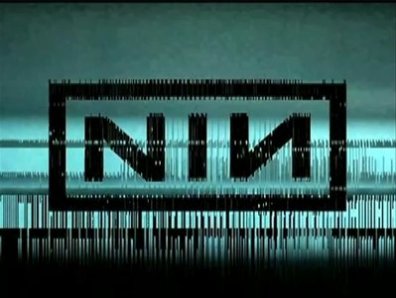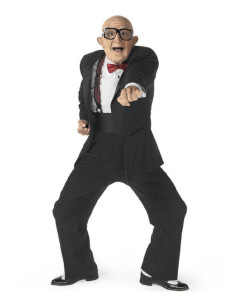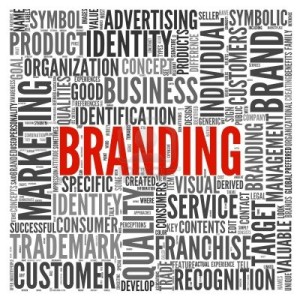With Christmas right around the corner, you should start thinking of gift ideas for your customers. While this might seem extravagant to some, there are many cost effective ways to provide your loyal clients with an item that has your brand name on it.
Looking for some suggestions? Try any of these, varying from the dirt cheap to the pretty expensive.
Pens: This is a great standby. Everyone can use a pen. Chances are that if you look around your house or office, at least half of your pens have been branded with someone’s logo or business name. These are relatively inexpensive but you can also get some very finely crafted pens for some extra cash.
Glasses and mugs: Coffee mugs are a pretty traditional gift as well. But you may also want to think about shot glasses, tumblers, drinking glasses, wine glasses, and soon. The more unique the item, the more special the gift will seem.
Shirts/Clothing: Here’s another classic. Sure, lots of tee shorts that are given away with a company logo on it has usually designated to yard work attire. But with a clever design and choice fabrics, your gifted shirt could quickly become your client’s favorite shirt.
Ornaments: Not many people have gone this route, but it’s a great way to get in the holiday spirit and can become something of a conversation piece—not only within your office but at Christmas gatherings at the homes of your clients all throughout the holidays.
Calendars: This should be a given. Who hasn’t gotten a calendar in some form from a business before?
Snow Globes: The most unique item on the list is also the most special. Don’t worry so much about getting your brand inside the globe, as you can place that on the outside base. These can be costly but will likely be remembered for quite some time.
What are some other unique gift ideas for branding that you’ve seen lately?









